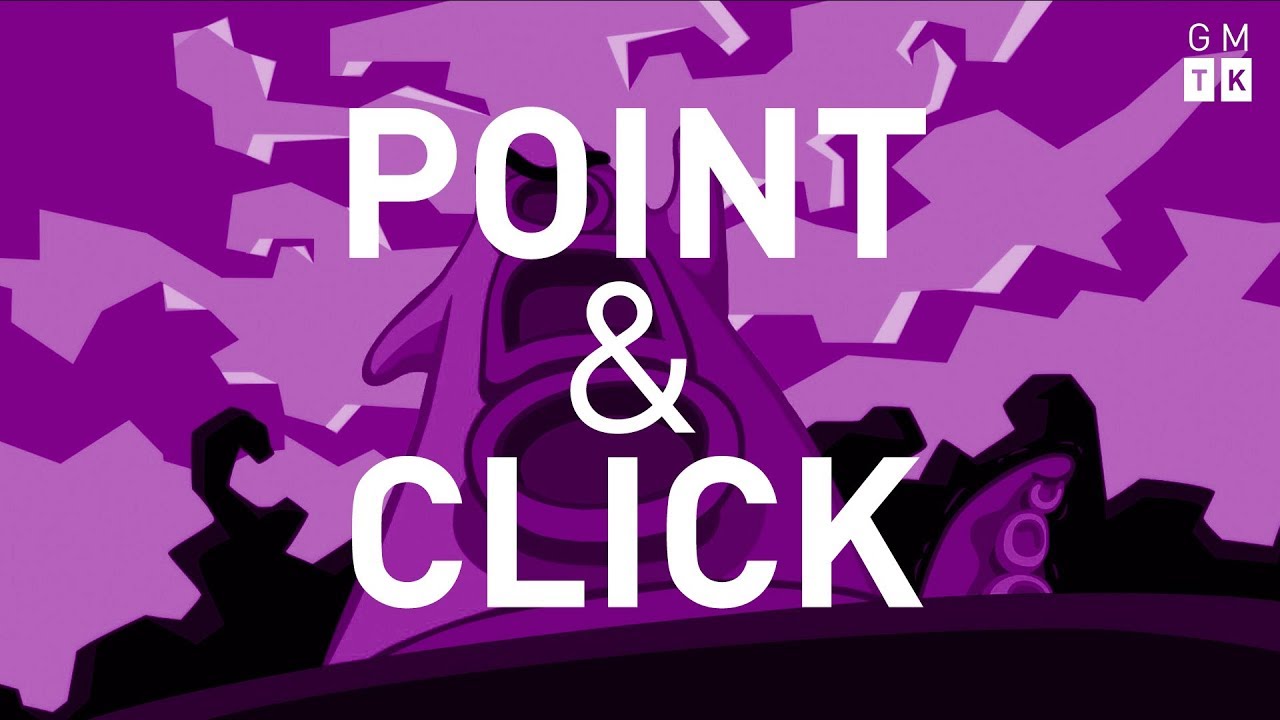Las aventuras del tipo Point and Click tienen en cierto sector una mala reputación. Sus rompecabezas de lógica de bucle a menudo son criticados por ser incomprensibles e injustos. En este video Mark Brown analiza cómo las aventuras pueden emplear un diseño más responsable, para evitar que corras hacia los GameFAQ.
Durante el video se habla y muestra de lo brillante que es el el juego Día del Tentáculo. Incluye spoilers de rompecabezas, OJO por si no lo has jugado.
Juegos mostrados en este episodio (en orden de aparición):
Broken Age (Double Fine Productions, 2014)
Gabriel Knight 3: Blood of the Sacred, Blood of the Damned (Sierra Entertainment, 1999)
Discworld (Teeny Weeny Games, 1995)
King’s Quest (Sierra On-Line, 1983)
Grim Fandango (LucasArts, 1998)
Full Throttle (LucasArts, 1995)
Antichamber (Demruth, 2013)
The Longest Journey (Funcom, 1999)
Day of the Tentacle (LucasArts, 1993)
The Secret of Monkey Island (LucasArts, 1990)
Gabriel Knight: Sins of the Fathers (Sierra Entertainment, 1993)
Indiana Jones and the Fate of Atlantis (LucasArts, 1992)
Machinarium (Amanita Design, 2009)
Riven: The Sequel to Myst (Cyan Worlds, 1997)
Monkey Island 2: LeChuck’s Revenge (LucasArts, 1991)
The Inner World (Studio Fizbin, 2013)
Strong Bad’s Cool Game for Attractive People (Telltale Games, 2008)
Gemini Rue (Joshua Nuernberger, 2011)
Dreamfall: The Longest Journey (Funcom, 2006)
Thimbleweed Park (Ron Gilbert and Gary Winnick, 2017)
Resonance (XII Games, 2012)
Technobabylon (Technocrat Games, 2015)
The Last Express (Smoking Car Productions, 1997)
Blade Runner (Westwood Studios, 1997)
Armikrog (Pencil Test Studios, 2015)
Broken Sword: The Shadow of the Templars (Revolution Software, 1996)
Dropsy (A Jolly Corpse, 2015)
Medios de contacto para Game Maker’s Toolkit
YouTube: Game Maker’s Toolkit
Patreon: patreon.com/GameMakersToolkit


































